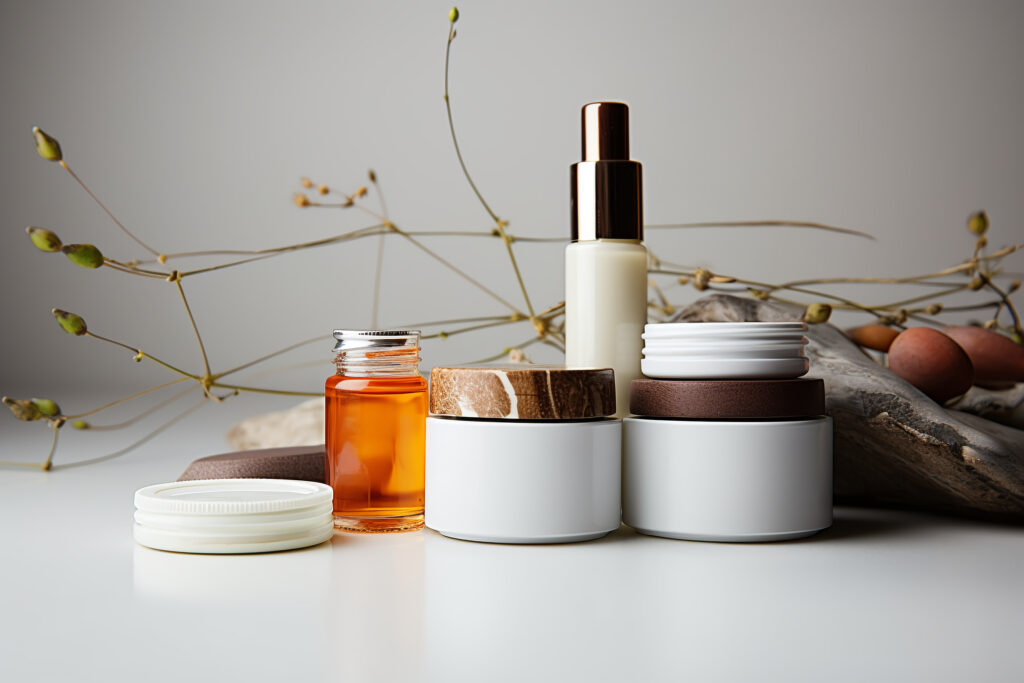In the rapidly evolving packaging industry, the debate between glass bottles and plastic bottles is evergreen. While each material offers its own set of advantages and disadvantages, the choice becomes especially critical when operating in a B2B, wholesale context. In this comprehensive guide, we will delve deep into various aspects of both materials to help you make an informed decision for your enterprise.
Material Composition
Glass Bottles
- Composition: Silica, sodium carbonate, and limestone.
- Advantages: Non-reactive, retains flavor, and offers a premium feel.
Plastic Bottles
- Composition: Typically made from polyethylene, polyethylene terephthalate, or polypropylene.
- Advantages: Lightweight and cost-effective.

Enviornmental Impact
Glass Bottles
- Recyclability: Highly recyclable without loss in quality.
- Energy Consumption: Requires a high amount of energy for initial production.
Plastic Bottles
- Recyclability: Often downcycled; not as environmentally friendly.
- Energy Consumption: Less energy-intensive to produce.

Cost Factors
Glass Bottles
- Initial Costs: Higher due to material and manufacturing costs.
- Long-term Value: Reduced need for replacements.
Plastic Bottles
- Initial Costs: Lower initial investment.
- Long-term Value: May need frequent replacement.

Customization Potential
Glass Bottles
- Design: Easier to customize with intricate designs and high-end finishes.
- Branding: Conveys a premium image, suitable for luxury brands.
Plastic Bottles
- Design: Limited by the material’s flexibility.
- Branding: Generally perceived as cost-effective but not premium.

Durability and Shelf Life
Glass Bottles
- Durability: More durable but susceptible to breaking.
- Shelf Life: Longer, as it does not react with the product inside.
Plastic Bottles
- Durability: Less durable, prone to deformation.
- Shelf Life: Can be compromised by material leaching over time.

Transport and Logistics
Glass Bottles
- Weight: Heavier, thus more expensive to transport.
- Packaging: Requires more careful packaging to prevent breakage.
Plastic Bottles
- Weight: Lightweight and easier to transport.
- Packaging: Less delicate, reducing the risk and cost of shipping.

Regulatory Compliance
Both materials have specific regulatory guidelines to adhere to, particularly when used for food and beverages. Always ensure compliance with local and international standards.
Conclusion
While plastic bottles offer a cost-effective solution with easier logistics, glass bottles stand out for their durability, premium feel, and environmental benefits. The choice between the two will depend on your specific needs, target market, and long-term business strategy.
For B2B wholesalers, understanding the merits and drawbacks of each material can guide you in making the most cost-effective, sustainable, and market-oriented decision for your business.

